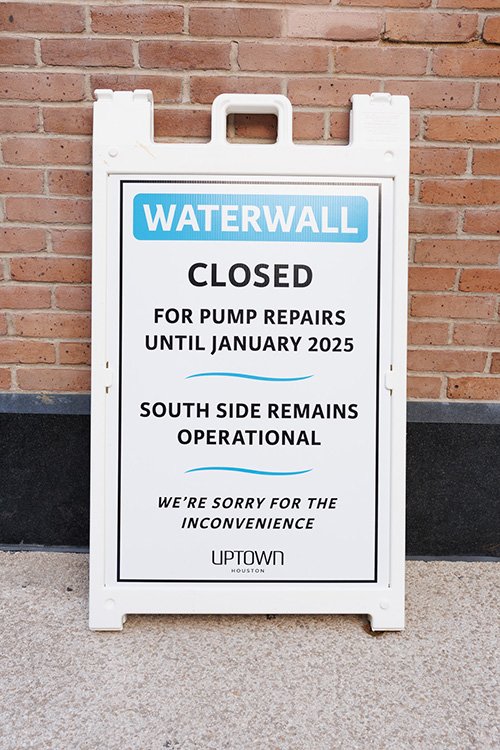Tips for Planning a Successful Photography Session
I stepped back into my work as a freelance photographer, focusing on engagement & wedding photography and event photography, a few months ago. Since then, I’ve noticed that some of my photography sessions haven’t been running as smoothly as I would like, especially when potential clients reach out just a few days before requesting a session. Although the planning glitches were not noticeable to the client and didn't impact their overall experience, I realized that a more efficient process could improve the session for everyone.
Before an event photography gig for a surprise birthday party!
For example, I recently did an in-home family photography session, which I have experience with. I arrived early, set up my light stands and backdrop, and created a shot and pose list based on my conversation with the client. However, I made a mistake by writing the list on an index card instead of on my phone, as I usually do—and I ended up losing the card! During the session, I tried to remember the shots and poses from the original list, which slowed me down. The client didn’t notice, but it left me feeling flustered and less efficient, especially since this was my first session with them.
In this blog, I’ll share how I plan my portrait sessions and offer tips to make your photography sessions smoother and more efficient. At a high level, the planning process includes:
Purpose and Vision
Location
Shot & Posing List
Purpose & Vision
Determining the purpose of a photography session is essential for capturing the right mood, style, and poses that align with the client’s vision. Understanding the purpose helps ensure that every element—lighting, location, props, and even the energy of the session—matches the desired outcome. For instance, when a client contacted me about booking a couple’s session the next day, I asked her about the purpose of the shoot. Was it for a maternity session, courthouse photos, or an engagement shoot? Knowing it was an engagement session allowed me to suggest locations, create a shot list, and prepare in advance.
Location
When selecting a location for your photography session, consider the purpose and vision of the shoot. Also, check if a photography permit is required, as some private properties charge a fee for professional photographers. For example, the Houston Arboretum & Nature Center requires a photography permit to take pictures on-site. The last thing I want is to arrive at a location only to find out that I need a permit to shoot there.
Another important consideration is whether the location has multiple areas available for photography that align with the planned poses and shot list. I also keep in mind the possibility of unexpected weather and make sure there’s a backup location in case we need to move the session indoors.
Sign outside Gerld D. Hines Waterfall communications the waterfall is closed.
I recently had an engagement session planned at Gerald D. Hines Waterwall Park in Houston's Uptown Galleria. When I arrived, I saw a sign saying that the Main Waterwall was not operating due to maintenance and wouldn’t be fully functional until January 2025. At first, I was disappointed, but I had already scoped out the location and chosen four alternative spots in the park. I called the client before they arrived to inform them of the issue and reassured them that we could still get great shots in other areas of the park.
Shot List
Having a shot list is crucial for ensuring a smooth and successful session. As I mentioned earlier, when I didn’t have my shot list on hand at that family session, I struggled to remember the poses and shots, which slowed me down. A shot list helps me stay on track, especially during sessions with multiple family members or more intricate setups. Keeping the list easily accessible on my phone is ideal—it allows me to quickly reference it during the session. Writing it on paper works too, but it can blow away if you’re not careful (trust me, I’ve learned the hard way!).
Example of my shot list for an organization annual group photographs.


